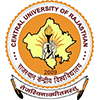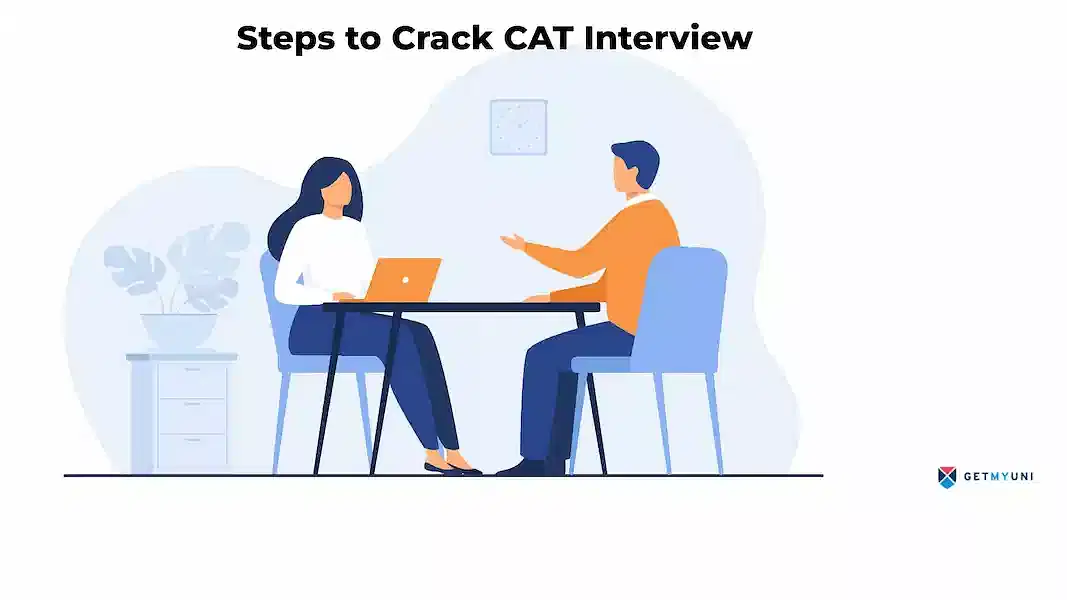MICAT vs CAT 2024 will help the students to choose which entrance exam for management is the best to pursue higher education with one of the best business schools in India. The students must know the differences, the similarities, exam pattern, level of difficulty and more.
MICAT vs CAT, what is the difference between the two? Both of them are MBA entrance examinations. However, Mudra Institute of Communications, Ahmedabad, accepts MICAT scores. At the same time, IIMs and various other business schools in India admit students based on their CAT scores. Let us understand in detail how the two exams differ from one another.
CAT is conducted yearly by IIMs, and more than 2 lakh students apply for this exam every year. Several B-schools around India accept CAT scores and percentiles for MBA admissions. On the other hand, The Mudra Institute of Communications Ahmedabad organises MICAT. Around 4,000-5,000 students appear for MICAT each year.
MICAT vs CAT: Exam Pattern
The table below shows a detailed comparison of the MICAT vs CAT exam pattern. The comparison is made on the basis of the number of sections, questions, and more.
| Particulars | MICAT Exam Pattern | CAT Exam Pattern |
| No. of Sections | Section A- Psychometric Test. | VARC (Verbal Ability & Reading Comprehension) |
| Section B- Descriptive Test. | DILR (Data Interpretation & Logical Reasoning) | |
Section C- (includes four sub-sections):
|
QA (Quantitative Ability) | |
| Sectional Time Limit | Psychometric Test: 30 minutes | VARC - 40 minutes |
| Descriptive Test: 25 minutes | DILR - 40 minutes | |
| Divergent and Convergent Thinking, Verbal Ability, Quantitative Ability, and Data Interpretation and General awareness- 80 minutes | QA - 40 minutes | |
| No. of questions | 234 | 66 |
| Section-Wise Break-Up | Psychometric Test: 150 Qs | VARC- 24 |
| Descriptive Test: 4 Qs | ||
| Verbal Ability: 20 Qs | QA- 22 | |
| Quantitative Ability: 20 Qs | ||
| General Awareness: 20 Qs | DILR- 20 | |
| Divergent & Convergent Thinking: 20 Qs | ||
| Duration of Exam | 2 hours 15 minutes | 2 hours |
| Type of Questions | MCQs & Descriptive | MCQs and Non-MCQs (TITA) |
| Negative Marking | -0.25 for every incorrect attempt in VA, QA, GA, & DCT sections | -1 for every incorrect MCQ-type question0 for TITA questions |
| Overall Level of Difficulty | Easy-Moderate | Moderate-Difficult |
Read More: MICAT Exam Pattern
MICAT vs CAT: Eligibility Criteria
Those who comply with the following criteria can apply for the MICAT exam:
- A bachelor’s degree/equivalent in any stream recognised by AIU.
- Those appearing for their final exams in graduation may also apply.
- Students must have a valid score of at least one of these exams: CAT, XAT, or GMAT in order to take MICAT.
- There is no age limit to appear for MICAT. However, the student should be above 18 years of age in order to apply.
The candidates can appear for the CAT if they meet the following requirements:
- Applicants must hold a bachelor’s degree/equivalent in any stream from an accredited institution.
- Those who have received at least 50% aggregate marks in graduation. In the case of reserved categories, the score requirement is 45%
- No age limit applies to candidates who wish to apply for the CAT.
- It is possible for the final year graduation students to apply for the exam.
- There is no limit on the maximum number of attempts to appear for the CAT exam.
Read More: MICAT Eligibility Criteria
MICAT vs CAT: Level of Difficulty
In terms of the difficulty level, the CAT exam is tougher when compared to the MICAT. It implies that those who study well for CAT will easily be able to ace the MICAT exam. However, those who are specifically focusing on MICAT might not be well-prepared for the CAT.
MICAT basically tests how quickly and accurately you can solve problems. At the same time, CAT places more emphasis on your problem-solving technique. Therefore, one needs to prepare accordingly for both these exams.
MICAT vs CAT: Types of Questions
The MICAT exam involves both MCQs and descriptive-type questions. In contrast, the CAT question paper consists of MCQ and Non-MCQs (TITA) questions. TITA means the test-takers need to type in the answers. However, the majority of the questions in CAT are based on MCQs.
MICAT vs CAT: Marking Scheme
The table below shows a comparison of the MICAT vs CAT marking scheme. Both exams include the aspect of negative marking.
| Particulars | MICAT | CAT |
| Marking Scheme | +1 for every correct response | +3 for each correct attempt |
| Negative Marking | -1 for each incorrect attempt | No negative marking in sections A and B. -0.25 or every wrong attempt in the VA, GA, QA, and DCT sections |
























